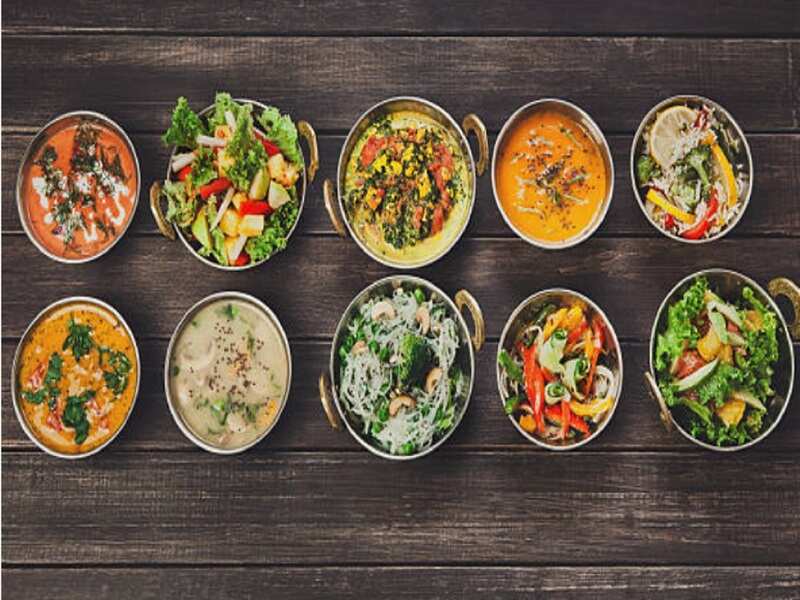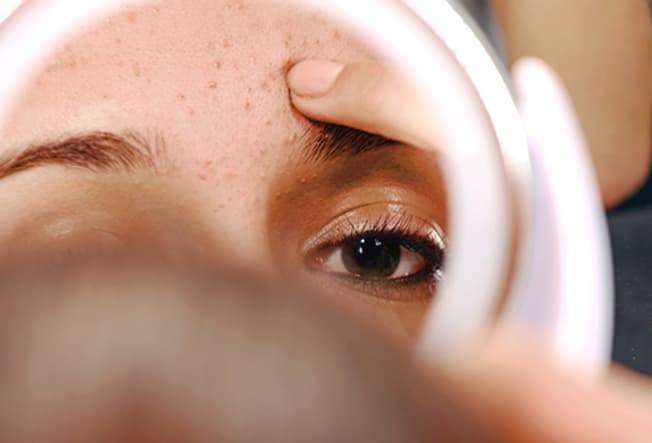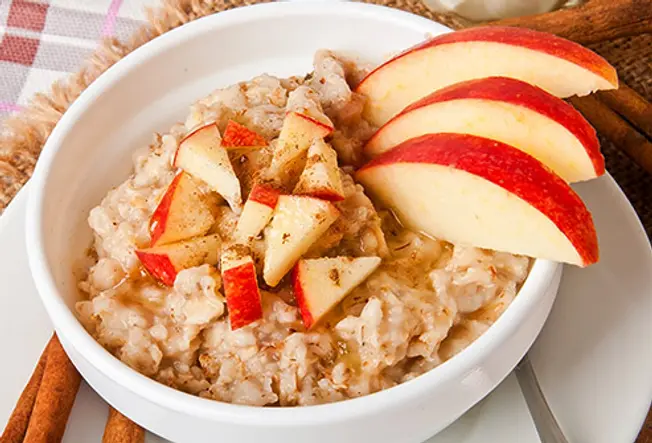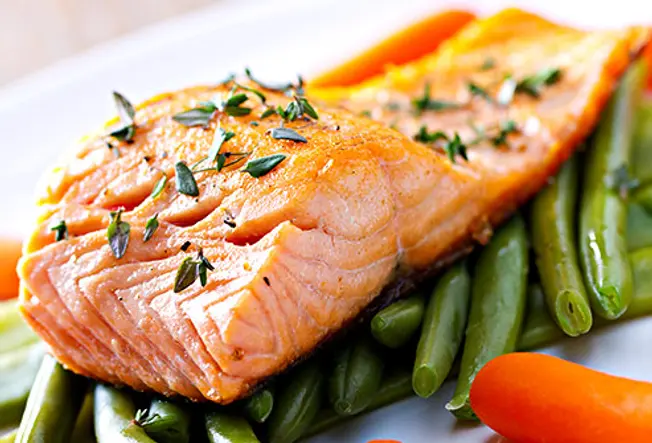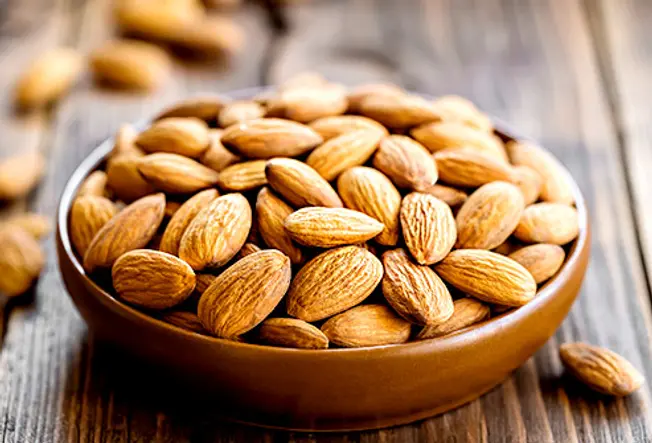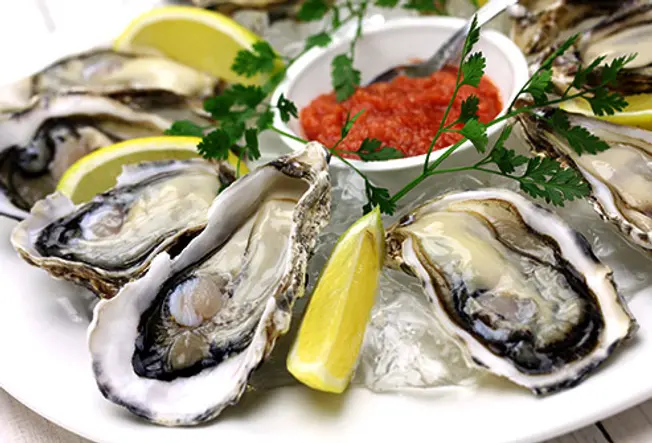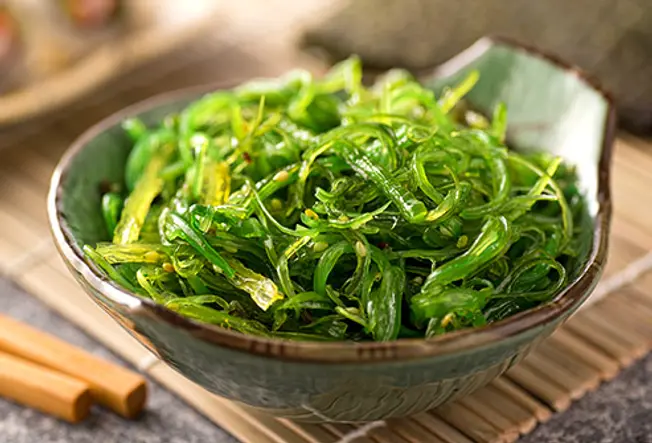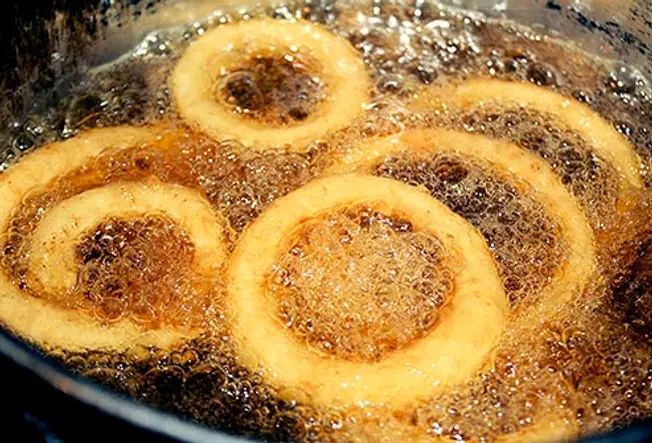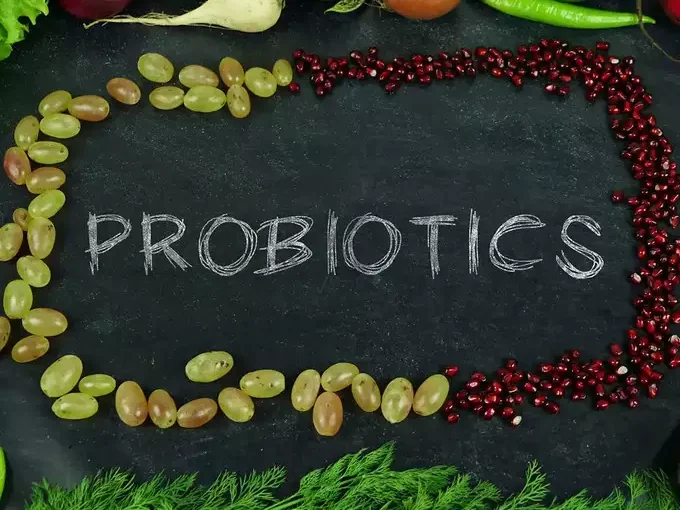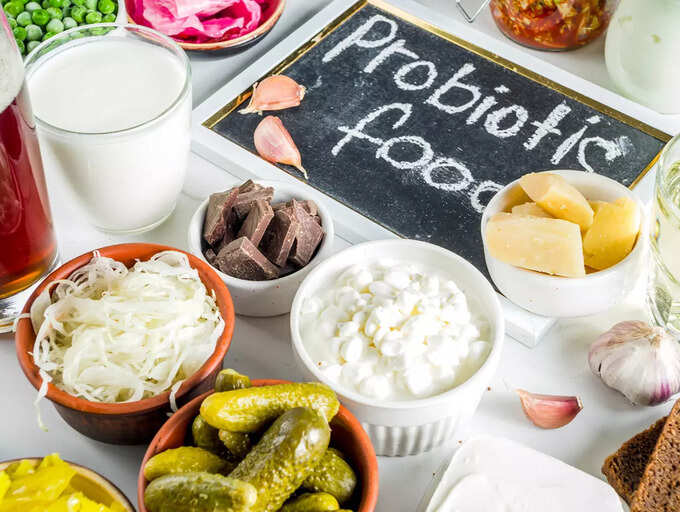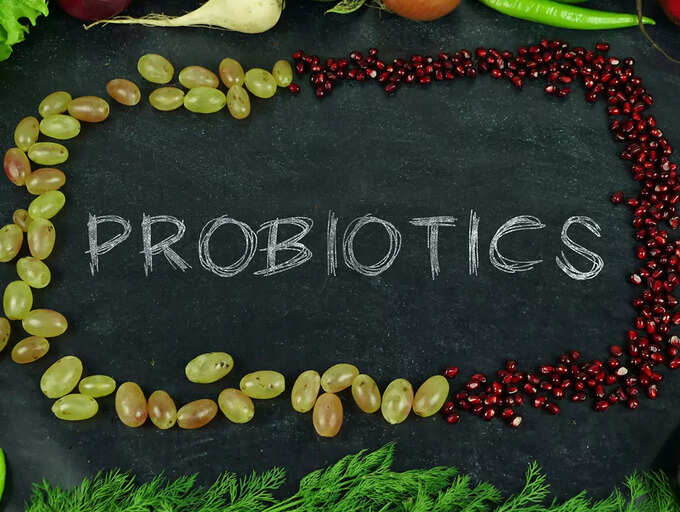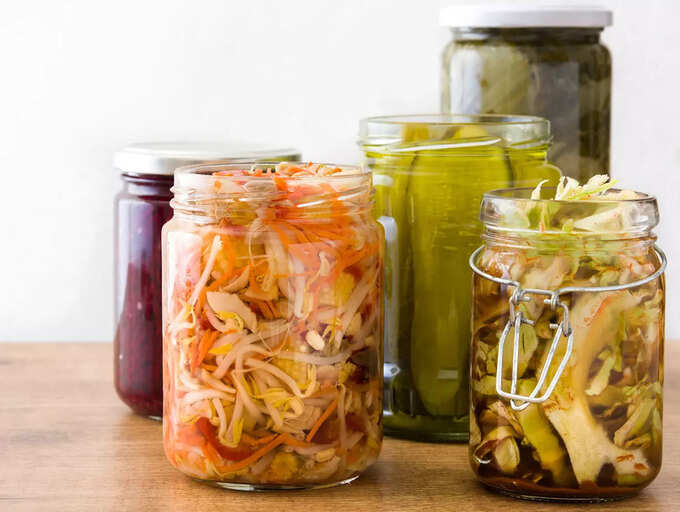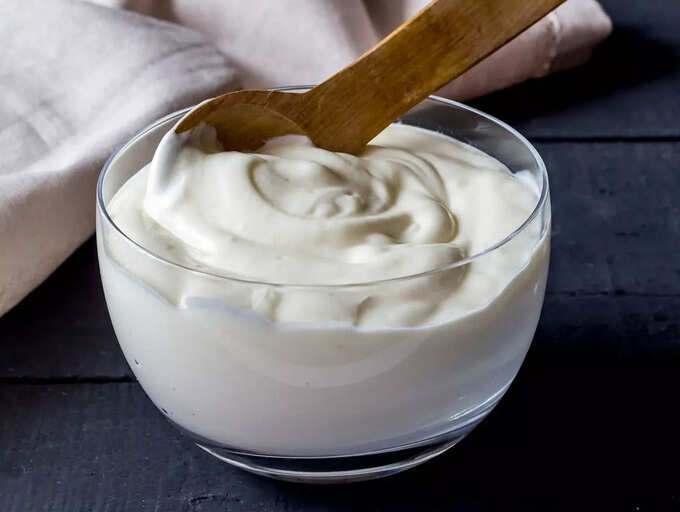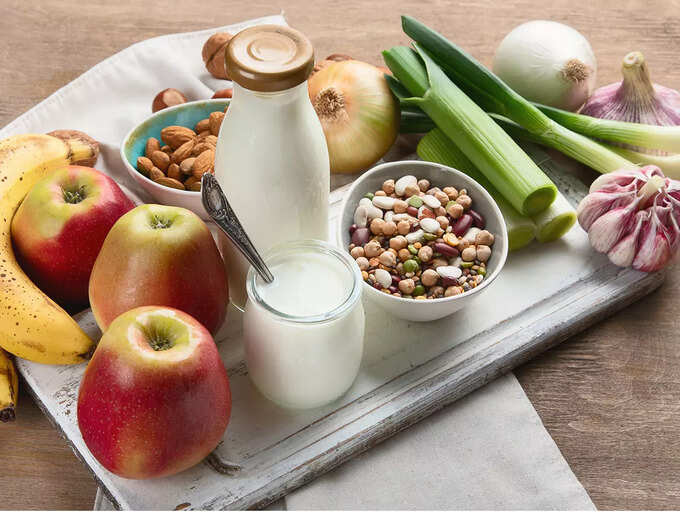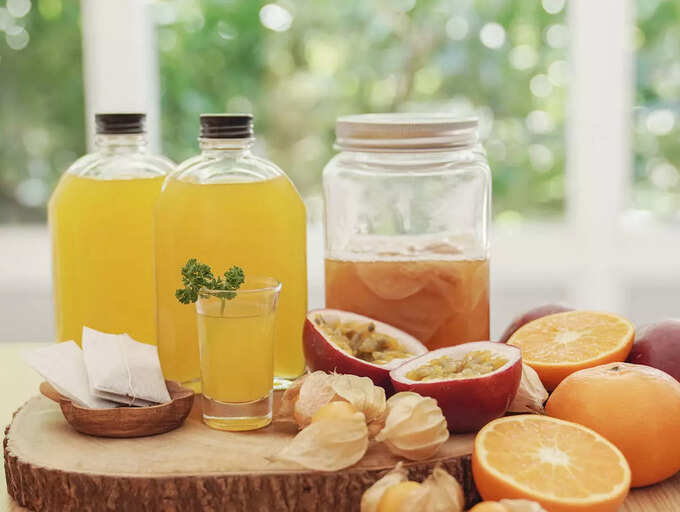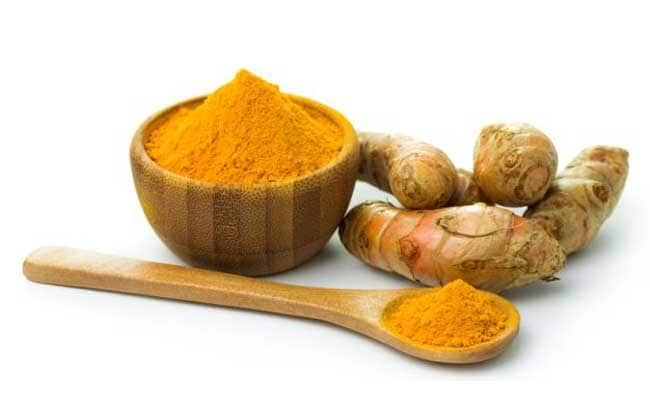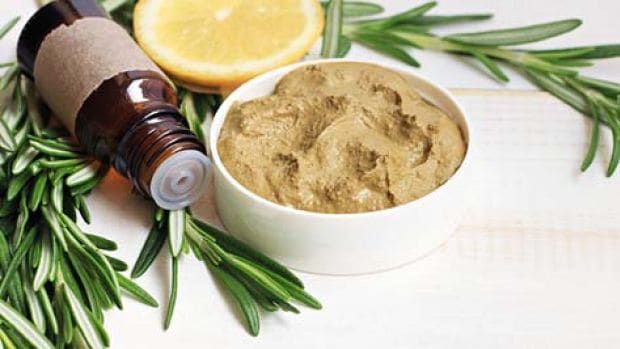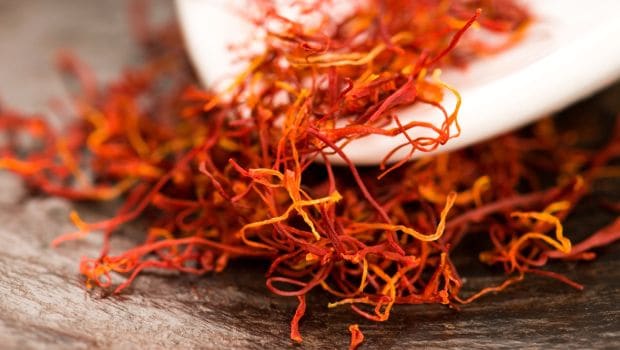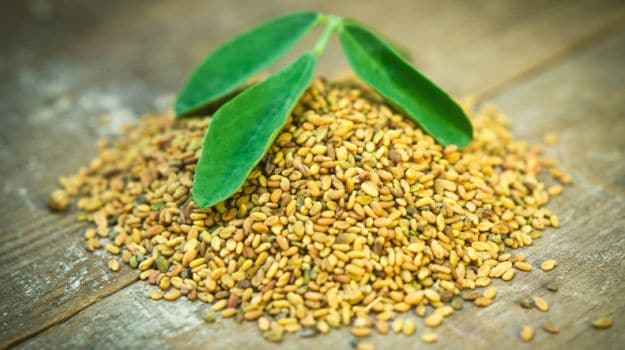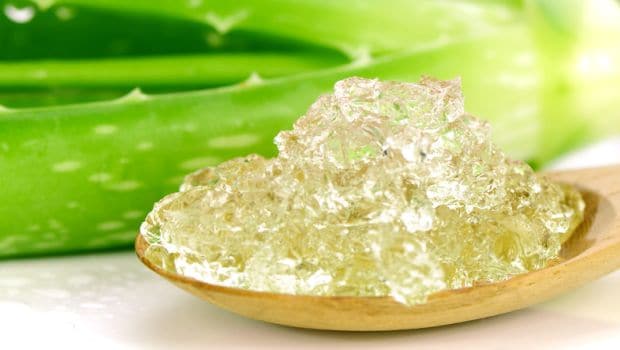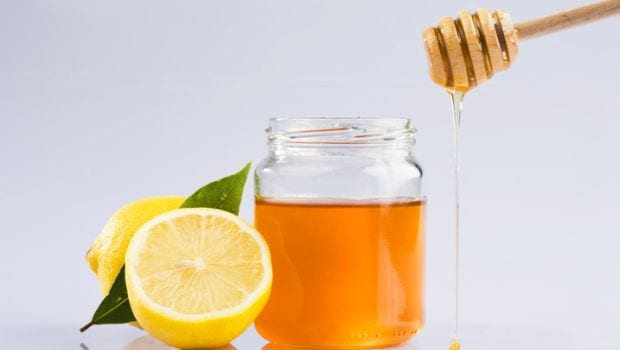Source code: https://parade.com/1170425/nicolepajer/best-anti-aging-foods/
By Nicole Pajer

The anti-aging industry is filled with supplements, creams, and products touted for their ability to ward off wrinkles, boost the collagen production of your skin, improve elasticity and keep you looking youthful.
But as they say, you are what you eat, so when it comes to fighting the clock, what we put into our bodies can be even more important than the products that we shell out money to help us in this department. Experts note that there are a variety of anti-aging foods that you can eat that can work wonders in helping to fight off skin-damaging free radicals, repair collagen in the body, and reduce inflammation. From omega-3 rich salmon and flaxseeds to vitamin C-packed citrus fruits, here are 30 of the best anti-aging foods to make sure you are incorporating them into your diet.
Best Anti-Aging Foods
1. Blueberries
“Considered a superfood, these berries are one of the healthiest foods you can eat with numerous health benefits,” says Bansari Acharya, a metro-Detroit-based registered dietitian and nutritionist with FoodLove.com. They have powerful antioxidant properties in them that help fight off free radicals, which may lead to slowing down aging. Blueberries, says Acharya, are so versatile that you can enjoy them in smoothies, salads, or even on their own.
2. Green tea:
Green tea contains numerous beneficial compounds in it such as antioxidants and phytochemicals that may decrease inflammation in the body. “Accelerated aging is usually caused by increased inflammation and the compounds in green tea may fight off with free radicals that can cause damage to cells,” Acharya explains. Green tea can be consumed traditionally or even more popularly through matcha powder.
3. Spinach:
Leafy greens, like spinach, are filled with tons of vitamins that act as antioxidants. These anti-aging foods also filled with loads of fiber that are great to keep your heart and digestive system healthy. Acharya notes that you can add spinach to salads, smoothies, and even soups.
4. Dark chocolate:
Dessert lovers rejoice! Dark chocolate, says Acharya, “may increase the blood flow and circulation in the skin, which may increase the moisture in the skin.” This, she says, can reduce the formation and appearance of wrinkles. This food is also high on antioxidants and may also aid in reducing inflammation levels in the body. Dark chocolate can be enjoyed by itself or with nuts such as dark chocolate almonds.

(iStock)
5. Avocados:
Avocados are packed with healthful fats that may be beneficial to skin health. Jenn LaVardera is a registered dietitian and expert nutritionist for Naturipe. Research has shown people who eat diets higher in monounsaturated fats; the type of fat found in avocados, have a lower risk of severe facial skin aging. “Avocados also pack the compounds lutein and zeaxanthin, pigments that can help maintain eye health and reduce risk of macular degeneration due to age,” explains LaVardera. You can add avocados to salads, sandwiches, and smoothies, or enjoy a breakfast of smashed avocado toast.
6. Flaxseeds:
Hydration is key to helping to ward off wrinkles and keep your skin looking supple and youthful. One study found that participants who supplemented with flaxseed oil experienced a 39% increase in skin hydration after a period of 12 weeks. An improvement in skin roughness and smoothness was also observed from eating this anti-aging food.
7. Salmon:
Another omega-3 rich food is salmon. The type of omega-3 fat found here, called DHA (i.e., docosahexaenoic acid) is of particular importance to protecting the brain, heart, and eyes from aging. And bonus: “Studies show that people who include DHA in their diets also have lower risks for the main causes of vision loss as we age, including macular degeneration,” says Elizabeth Somer, a registered dietitian, author of Age-Proof Your Body, and medical advisory board member at Persona Nutrition.
8. Legumes:
Whether they are lentils, chickpeas, split peas, or black, kidney, navy, or pinto beans, legumes are packed with nutrients that support mental health, such as folate, calcium, copper, magnesium, iron, and zinc. The folate in beans protects against a memory-destroying compound called homocysteine. The antioxidant phytonutrients in legumes, such as saponins and phytosterols, may help protect against wrinkles and, per Somer, can also help lower cancer and heart disease risk. Try legumes in chili, bean burritos, or split pea soup.
9. Mushrooms:
Mushrooms are high in Vitamin D, which is important in the formation and maintenance of normal bones and plays an integral part in supporting our immune system. “Next time you make a meatloaf or meatballs chop up some mushrooms to add some extra nutrition to your meal,” suggests Nikkel.
10. Lemons:
Do you start off your morning with a glass of warm lemon water? You’re onto something! These citrus fruits are packed with Vitamin C, which is crucial in skin health. One study found that women who consumed more Vitamin C had a lower likelihood of a wrinkled appearance and skin dryness, making it one of the best anti-aging foods.

11. Watercress:
Not familiar with watercress? You’ll find it in the fresh produce aisle. This leafy green has, in recent years, joined the ranks of the superfood world. It’s filled with healthy nutrients like calcium, potassium, and magnesium and carotenoids like beta-carotene, which may help to ward off free radicals.
12. Scallops:
“Scallops are rich in selenium an essential mineral that acts as an antioxidant helping to protect our cells from damage,” explains Nikkel. She notes that this shellfish is one of the quickest protein sources you can cook. “Pan sear them over high heat for about 2 minutes per side.”
13. Olive oil:
This delicious oil is rich in heart-healthy monounsaturated fatty acids, which Nikkel says can help to improve the health of our hearts. “Utilize olive as a salad dressing mixed with balsamic dressing or drizzle it over vegetables and roast them in the oven for additional heart-healthy benefits,” she suggests. You can also apply it topically for some extra moisturizing. Olive has been linked to possibly helping to ward off skin cancer.
14. Pineapple:
This tropical fruit has a hidden anti-aging trick up its sleeve. “It’s an excellent source of vitamin C, which is necessary to manufacture collagen – a protein which supports skin structure,” explains registered dietitian Susan Bowerman. Enjoy it by itself, toss some cubes in a stir-fry, or put together a tropical fruit salad.
15. Turmeric:
This spice contains compounds, which act as natural antioxidants. “Oxidant damage can negatively affect the appearance of the skin but can also influence the body’s ability to produce energy,” says Bowerman. Turmeric is also used to lower inflammation and may be able to help treat various dermatological skin conditions as well, thus making it an anti-aging food.
16. Coconut:
“Coconut is not only highly nutritious and rich in fiber, vitamins, and minerals, it also helps support the natural chemical balance of the skin to help to prevent wrinkles and it functions as a protective anti-oxidant,” says Orit Markowitz, a New York City board-certified dermatologist. He adds that it’s also great for hydrating both skin and hair and also helps against de-hydration when taken by mouth, as it contains loads of electrolytes. “Coconut also helps promote healthy-looking hair and it can help control dandruff,” he explains. And coconut oil can make an excellent moisturizer when applied topically.
17. Pumpkin:
The vibrant orange color of this squash indicates that it’s loaded with beta-carotene, a powerful antioxidant. This gets converted to Vitamin A in the liver, which helps prevent wrinkles and keep your skin youthful and moisturized. “This is the perfect food if you are experiencing dry skin,” says Markowitz. Pumpkin is also loaded with Vitamin C, another antioxidant that protects collagen and boosts our immune systems.
18. Carrots:
Carrots are not only good for your eyes but are also amazing for smooth skin. Carotenoids, found in carrots, are your protection from everyday pollutants and can help to ward off wrinkles. ”The beta carotene in carrots is a skin-friendly nutrient that gets converted to vitamin A inside the body and can protect your skin from the sun’s harmful rays,” explains Markowitz.

(iStock)
19. Kale:
“Dark leafy greens, like kale, are high in antioxidants and other nutrients like vitamin C that boost your body’s collagen production, improving the texture, appearance, and firmness of your skin, explains Chrissy Arsenault, a registered dietitian in Indianapolis. “I think kale is delicious in a salad or smoothie, but my absolute favorite way to prepare it is making kale chips,” she explains. “Just drizzle fresh kale with olive oil and dust it with a pinch of salt, then put it in the oven for 15 minutes at 350°F. They’ll come out crunchy and delicious!”
20. Oranges:
Another Vitamin C powerhouse! “Oranges and other citrus fruits are high in carotenoids, compounds that protect your skin from UV light to keep it firm and prevent wrinkles,” Arsenault explains. Oranges are also excellent self-contained snacks that are easy to throw in your bag and take on the go without a mess.
21. Yellow Squash:
There is a wealth of anti-aging food power in yellow squash, including vitamin A and B vitamins like B6, riboflavin, and folate. “These vitamins are critical to maintaining your body’s metabolism and can help mitigate the slowing of the metabolism as you age,” Arsenault explains. Try roasting some squash in the oven, eating pasta with spaghetti squash instead of noodles, or making some butternut squash soup.
22. Eggs:
Eggs, especially the yolk are a rich source of choline, a nutrient, which can help to support our brain and memory function as we age. They also contain biotin, which promotes hair and scalp health. Nikkel says that hard-boiled eggs are a low-calorie and nutritious snack.
23. Bell Peppers:
Bell peppers are a great source of antioxidants such as carotenoids, which aid in anti-aging by reducing skin damage caused by the sun, illness, and smoking and alcohol consumption. “Different ways you can enjoy bell peppers is by chopping them up in a salad, sautéing them in a veggie omelet, or chicken fajita pasta with bell peppers,” explains Sandy Younan Brikho, a registered dietitian nutritionist with The Dish On Nutrition.
24. Manuka Honey:
Manuka honey, says Brikho, reduces inflammation, which aids in anti-aging by reducing inflammatory cytokine formation. “Some of my favorite ways to enjoy manuka honey is adding 1-2 teaspoons to your iced coffee with vanilla and nonfat milk or almond milk, having a peanut butter and honey sandwich, or adding manuka honey on top of pancakes,” she explains. Because of its hydrating properties, this type of honey is also found in a lot of anti-aging skincare lines.
25. Broccoli:
These green stalks, and their leaves, are a great source of vitamin C, which helps with anti-aging by playing a role in connective tissue healing and collagen. “Some fun ways to add broccoli in your diet is by making a chicken and broccoli stir fry, cheesy garlic broccoli as a side, or by adding it to a soup,” Brikho suggests.
26. Papaya:
This tropical fruit naturally contains the enzymes papain, and chymopapain. “These enzymes help to support digestion which in return supports gut health,” adds Nikkel. She says to try making a tropical fruit salad full of papaya, pineapple, and mango for a healthy source of nutrients throughout the week.

(iStock)
27. Sweet potatoes:
Sweet potatoes contain an antioxidant called beta-carotene, which helps with anti-aging. And this anti-oxidant converts to vitamin A, which has been shown to improve facial wrinkles and skin elasticity. “Some delicious ways to add sweet potatoes into your diet are by making a loaded baked sweet potato, oven-roasted sweet potatoes as a side, or sweet potato brownies, if you are craving dessert,” says Brikho.
28. Walnuts:
These tasty nuts are a plant-based source of omega 3 fatty acids, which help to support our cognitive function as we age. “Walnuts can be enjoyed as part of a tasty trail mix, mixed into salads for a satisfying crunch or sprinkled on top of oatmeal,” says Nikkel.
29. Strawberries:
These delicious red berries are full of antioxidants – nutrients that can help to reduce and combat the damage done to our body’s cells by free radicals. And free radicals explains Nikkel, are naturally occurring by-products that occur as a result of our daily lives. Add this anti-aging food to your savory breakfasts of oatmeal, waffles, or pancakes for an antioxidant-rich meal.
Source code: https://parade.com/1170425/nicolepajer/best-anti-aging-foods/



